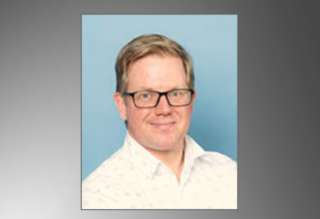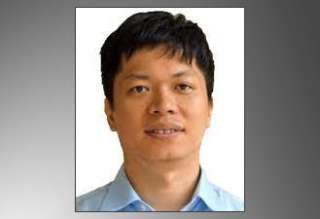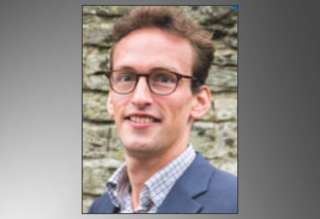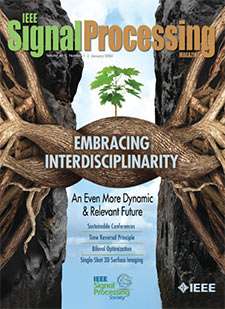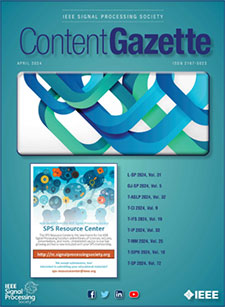Traffic Signs in the Wild
Top Reasons to Join SPS Today!
1. IEEE Signal Processing Magazine
2. Signal Processing Digital Library*
3. Inside Signal Processing Newsletter
4. SPS Resource Center
5. Career advancement & recognition
6. Discounts on conferences and publications
7. Professional networking
8. Communities for students, young professionals, and women
9. Volunteer opportunities
10. Coming soon! PDH/CEU credits
Click here to learn more.
Traffic Signs in the Wild
Highlights from the IEEE Video and Image Processing Cup 2017 Student Competition
As we witness the fourth industrial revolution, several aspects of our daily lives will soon be impacted beyond recognition. The list includes health care, education, security, transportation, warfare, and entertainment. Transportation, in particular, is undergoing a set of disruptive technologies including electrical vehicles (EVs) and autonomous vehicles (AVs). Although AVs have witnessed a revolution in many aspects over the past 20 years, deploying AVs in the wild remains to be a challenge. One of the basic features of AVs is to understand the surroundings and interpret sensed data. This requires the deployment of recognition algorithms that are expected to operate under all conditions. One of the most researched recognition applications in the literature is traffic sign recognition (TSR). Nevertheless, testing TSR algorithms under challenging conditions has been lagging for a number of reasons. One major factor is the limitation of existing data sets in terms of challenging conditions and metadata. To address such shortcomings, the Challenging Unreal and Real Environments for Traffic Sign Detection (CURE-TSD) data set was recently introduced [1], which was also utilized for TSR in [2].
The CURE-TSD data set was used to host the first edition of the Video and Image Processing (VIP) Cup in 2017 denoted as Traffic Sign Detection Under Challenging Conditions. The VIP Cup is a student competition in which undergraduate students form teams to work on real-life challenges. Each team should include one faculty member as an advisor, at most one graduate student as a mentor, and at least three but no more than ten undergraduate students. Formed teams participate in an open competition, and the top three teams are selected to present their work at the final competition, which was held at the 2017 IEEE International Conference on Image Processing (ICIP) in Beijing, China. Travel costs of finalist teams were supported by the IEEE Signal Processing Society (SPS). See “Winners of the VIP Cup 2017” for details.
In this article, we share an overview of the VIP Cup experience including competition setup, teams, technical approaches, statistics, and competition experience through finalist teams members’ and organizers’ eyes.

SPS on Twitter
- DEADLINE EXTENDED: The 2023 IEEE International Workshop on Machine Learning for Signal Processing is now accepting… https://t.co/NLH2u19a3y
- ONE MONTH OUT! We are celebrating the inaugural SPS Day on 2 June, honoring the date the Society was established in… https://t.co/V6Z3wKGK1O
- The new SPS Scholarship Program welcomes applications from students interested in pursuing signal processing educat… https://t.co/0aYPMDSWDj
- CALL FOR PAPERS: The IEEE Journal of Selected Topics in Signal Processing is now seeking submissions for a Special… https://t.co/NPCGrSjQbh
- Test your knowledge of signal processing history with our April trivia! Our 75th anniversary celebration continues:… https://t.co/4xal7voFER

